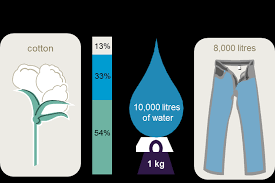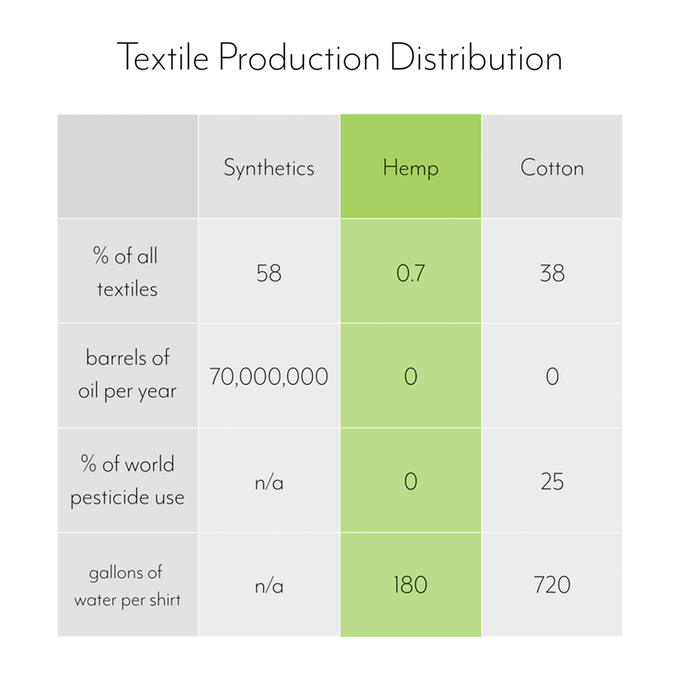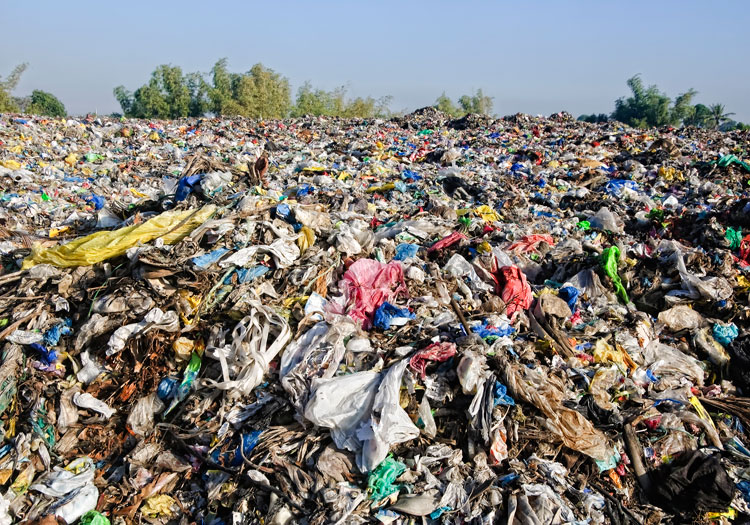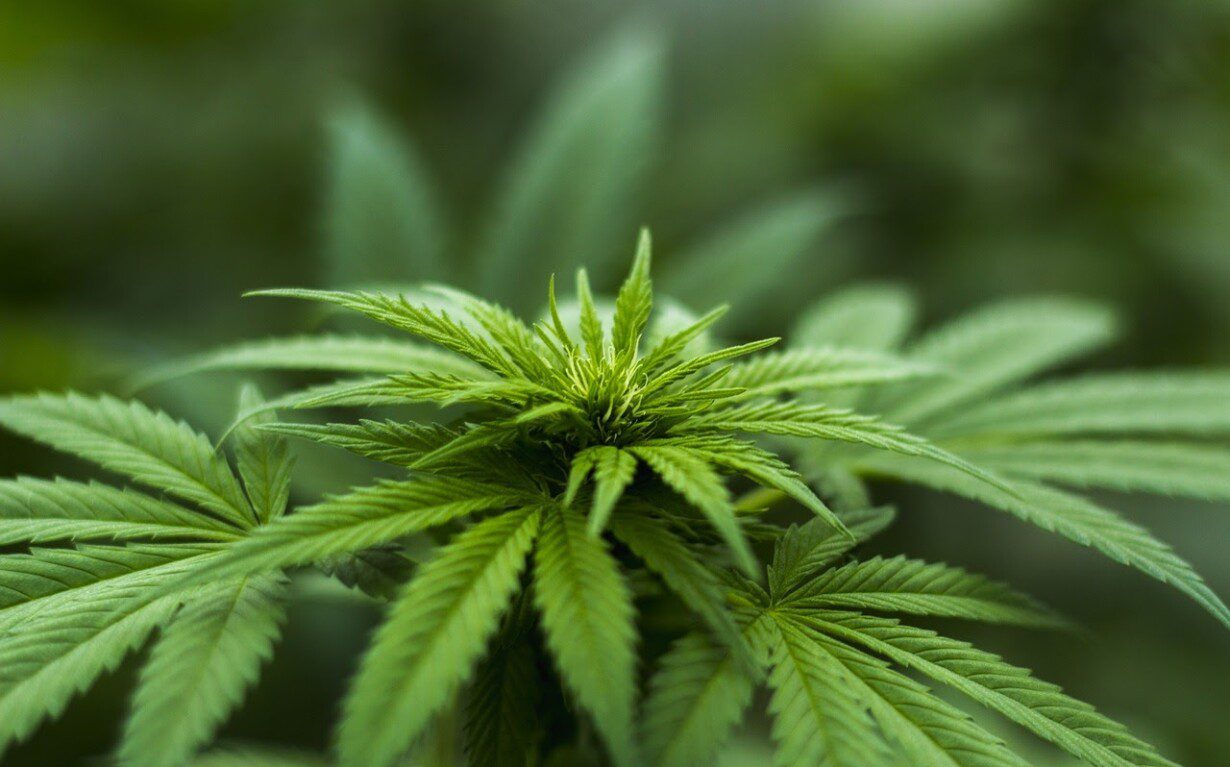Fast fashion is becoming too fast. And hemp has the ability to slow it down. Read to know how hemp is the fabric that can save the world.
Picture this: You’re going to an event. The first thing on your mind is to wear a show-stopping outfit.
After considering all the options, you’ll probably decide that you’re tired of what you have. So of course, you head off to the store for a new outfit so you can be the best dressed.
Though you may achieve your goal, the impact of your action is deep. Most popular fashion brands are the catalysts for fast fashion.
The devastation caused by fast fashion
Fast fashion contributes over 1.2 billion tons of greenhouse gases to the environment. It is responsible for 8-10% of global carbon emissions.
To put that in scale, this is more than the carbon emitted by all international flights and maritime shipping yearly.
But that’s not all. Fast fashion takes credit for contributing to many other evils. And if we don’t put a check on it, the consequences will be dire.
Buying less and buying right are the ways to curb fast fashion. But what does ‘right’ mean?
We need to assess the fabric, the procurement of the fabric, and also how the fabric is processed. The working conditions of garment workers is also an important point to consider.
Only if your garment checks all these boxes is it appropriate to be labeled ‘sustainable’
One fabric that satisfies these conditions is hemp. Hemp fashion is like the gift that keeps on giving for all the good it does. Don’t believe me? Read on.
In this guide, we’ll talk about the problems created or exacerbated by fast fashion. Simultaneously, let’s also discuss how hemp solves those problems.
Fast fashion vs. Hemp
Round 1: Effects on water
Fast Fashion
The textile industry consumes 79 billion cubic meters of water per year. Yes, that is in a world where over 2.7 billion people face water scarcity.
The main culprit here is cotton. Cotton, which is in most of our clothing, needs 9,758 liters of water for a 1-kilogram yield. And this is just for raw cotton.

Cotton is also a fertilizer-heavy crop. The run-offs from irrigated fields find their way into water sources, contaminating them.
Water is used without abandon at further stages of fabric processing as well. Water is used for dying, bleaching raw fabrics.
And the improper management of these chemicals is causing massive water pollution. The fabric dying process alone is responsible for 17-20 percent of total industrial water pollution.
Hemp
The water requirements of hemp are significantly less than that of cotton.
When farmed in the traditional method, you need 343 liters of water to produce 1-kilogram of hemp fiber. And this includes the water needed for both growing and processing.

Hemp is an organic crop; it doesn’t have heavy fertilizer needs. So hemp farms don’t produce chemical run-offs that contaminate local water sources.
In fact, hemp is actually known to leach harmful pollutants, like zinc and mercury, from the soil.
The numbers make it evident who won this round.
Round 2: Overflowing landfills
Fast Fashion
Each second, a truckload of fashion waste finds its way to landfills.
Fast fashion produces over 18.6 million tons of waste yearly. A concerning report by The Ellen Macarthur Foundation predicts that the waste could grow to 150 million tons by the year 2050.

Most people treat clothing as a disposable commodity. The reason? You can get new clothes at very cheap rates.
The management of this waste costs over $400 billion every year. Clogged landfills are also a big source of methane.
Cheap fashion produces low-quality material that fades or rips after just a couple of uses. That being the case, amassing a mountain of clothing waste is inevitable.
Hemp
Hemp fibers are one of the strongest natural fibers. The fabric is more durable than most conventional fabrics.
One advantage you get with hemp is that the fabric gets softer with every wash. This means your hemp clothing will last much longer than any natural or synthetic alternative.
And any waste created out of hemp fabric is completely biodegradable. Yes, carbon and methane are produced when any natural material decomposes. But the amount of gas produced is negligible when compared to that produced by fast fashion products.
The fabric is also versatile. So there’s no limitation to the types of clothing you can make from hemp. Despite this, only 1% of the clothing produced globally is made from hemp.
Round 2, again, goes to hemp.
Round 3: Carbon and other Greenhouse Gases
Fast Fashion
I’ve touched on this in the previous sections as well. But the amount of greenhouse gases being produced by the fast fashion industry is astonishing – 10% of human emissions.
Polyester accounts for roughly 50% of the fabric market. The raw material for polyester is petroleum. Petroleum refineries take claim for the second-highest GHG producing sector per facility.
Even if we consider cotton to be a viable alternative to synthetics, the plant has heavy fertilizer needs. And one study estimates that making one ton of nitrogen fertilizer emits 7 tons of CO2.
So cotton creates at least as many problems as it solves.
Another issue to consider is that a large portion of fabric waste is burned. Incineration emits carbon, smoke, and other greenhouse gases into the atmosphere.
Hemp
Hemp sequesters more carbon than it takes to produce it. A single acre of the plant can sequester over 9.82 tons of CO2 in its lifespan.
This is why hemp farms are nicknamed carbon sinks.
Even at further stages of processing, hemp does not require any fossil fuels or non-renewable resources. This makes hemp a very clean fabric to produce.
One of the best ways to offset the GHG emissions by fast fashion is by recycling clothing. This is because most of the carbon is produced during the fiber production stage.
It is possible and easy to downcycle hemp fabric. When a garment made of hemp is disposed of, the fibers are used to make hemp paper and other fiber products. This extends the lifecycle of hemp making it a more productive plant.
Again, hemp wins.
Round 4: Working conditions and fair wage
Fast Fashion
The only reason clothing hits the shelves as fast as it does is because of the garment workers. As of 2021, 1 in 6 workers is employed in the garment industry. 75% of whom are women.
The average wage of these workers is USD 200. To meet the demands of fast fashion, employees work 16-18 hour days for these paltry wages. They continue working because the industry largely allows women to work from home.
The employees don’t receive any benefits like sick leave or paid vacation time. Homeworkers also have to cover the cost of the equipment and utilities.
The market value of the textile industry was USD 993.6 billion in 2021. So this is not a case of the employers not making enough to pay their workers fair wages.
It’s a case of blatant exploitation. So much so that the European Parliament used the term ‘slave labor’ to describe the working condition of garment workers in Asia.
Hemp
The Hemp Foundation is dedicated to improving the living conditions of its workers. Our farms and processing units are concentrated in Uttarakhand.
Migration in search of work, leaving behind many ghost villages, is a big issue here. Farming hemp, which grows naturally in Uttarakhand, is a great way to bring back those who’ve left.
A large portion of migrants is traditional farmers. So they already have knowledge of cultivating hemp. We just provide them a means to do it.
The Hemp Foundation is also committed to promoting women’s empowerment. We are mobilizing women through self-help groups. We also train them in occupational and marketing skills.
By giving work opportunities for women who would otherwise be engaged in household care, we’re fostering gender equality.
Immodest? Yes. But Hemp Foundation takes Round 4.
Hemp fabric; why is it so good?
You’ve read, so far, about how hemp is beneficial to the environment. It excels at the standards of fast fashion in every way. But did you know that hemp also gives you a better product than most other fabric options?
These are the boxes it checks
- Durable
- Breathable and absorbs sweat well
- Anti-microbial
- Protects you from UV rays
- Hypoallergenic
The emergent need for sustainable fashion is making hemp a more popular option. It’s a small win when considering the fact that Nike and Ralph Lauren use hemp in their collections.
The Final Verdict
Hemp fabric has an excellent potential to be what saves the world from fast fashion. The biggest limitation it has is governments comparing the crop to marijuana.
But general awareness and focused education are slowly turning the tide toward hemp.
Sources: https://earth.org/fast-fashions-detrimental-effect-on-the-environment/
https://www.unep.org/news-and-stories/story/putting-brakes-fast-fashion
https://sustainablecampus.fsu.edu/blog/clothed-conservation-fashion-water
https://cfda.com/resources/materials/detail/hemp
http://www.designlife-cycle.com/hemp-textiles

